Balancing Innovation with Human Touch: Lessons from Building AI Learning

Gregor Müller, COO of GoStudent shares the lessons learnt from leveraging AI as an educational tool and warns of the importance of maintaining the human touch.
AI is already transforming the way students learn – endless data shows that students across the globe are using AI to support their studies. Not only that, students actively want to learn with AI. Our recently released GoStudent Future of Education Report found that 83% of UK students that have tried learning with AI enjoy it.
83% of UK students that have tried learning with AI enjoy it!
The data is clear and, for educators and innovators alike, the question is no longer ‘how can I stop students from using AI’ but rather ‘how can AI drive education forward’.
We believe human teachers will always play a crucial role in education. AI holds the potential to streamline workloads and personalise learning – in many ways turbocharging the classroom – but it can’t replicate the human interactions had there.
Lessons learnt from building an AI-powered classroom
Last year, we took our first step towards building an AI-powered classroom by releasing an AI lesson planner, enabling tutors to create tailored lesson plans in seconds. We also introduced AI lesson transcripts, meaning lesson summaries could be created in seconds. Together, these innovations allow tutors to spend less time on admin and more time with their students.
When it came to finding the same benefits for students, we wanted to ensure that whatever we built would enhance learning. It is for this reason that we developed Amelia – our curriculum trained AI tutor.
As we continue shaping our AI-powered classroom, these are the four key learnings we’ve uncovered on our journey so far:
Know AI’s limitations
Back in early 2023, there was a lot of buzz around the idea that we could use AI to fill the gaps left by the global teacher shortage. We felt sure that AI could educate kids, but we were missing one critical component: AI can’t inspire in the same way humans can. This year’s Future of Education Report found that a child’s favourite subject is taught by their favourite teacher. This isn’t only because the student connects with the topic, but because they connect with the person teaching it. Good teachers are more than just instructors—they’re role models who inspire, empathise, and adapt in ways AI simply can’t. So, while AI offers cool perks like personalised learning and instant feedback, it falls short when it comes to understanding complex emotions and fostering that sense of belonging in the classroom. This taught us that while AI has its place in education, it’s the human connections and interactions that truly make learning meaningful.
View AI as pedagogical catalyst
UNESCO reports a shortage of 4.8 million teachers in Europe alone, highlighting the acute need for innovative solutions that optimise existing resources and bridge educational gaps. To my mind, this is where AI’s true potential lies. By automating routine tasks, processing complex data, and generating personalised resources, AI can significantly reduce teacher workload and create learning experiences that are tailored to the specific needs of the student. I believe that if we view AI as a teaching assistant, there to enhance the unique abilities of the human teacher, we will build the most meaningful AI tools.
Understand what your audience wants from AI
One of the key motivations for our annual Future of Education Report is to learn what students want from their education and the role technology plays. Seeing the huge change that AI was driving, this year we added teachers to our sample. The findings shaped our approach to using AI. We learnt that students adapt to new tech at a far more rapid rate: 56% of students in the UK want to learn with AI, but just 20% have access in the classroom. We also learnt that 80% of students are highly comfortable learning with online tools. In response to this, we built GoStudent Learning to be AI-powered, interactive, engaging, and immersive, knowing that the end user would expect this.
We also learnt that more than half of teachers think hybrid and blended learning techniques could be a practical solution to the teacher shortage; however, one of their biggest concerns was that AI may threaten their role. This reinforced our understanding that in order to support educators and increase the uptake of AI tools in learning environments, AI tools must be built to enhance the work done by teachers, not threaten it.
Be open to change
AI is a new technology, and just because we’ve found a way to harness AI to support students and teachers now, doesn’t mean that the same use cases will make sense in the future. The best EdTech companies will grow and evolve as AI grows and evolves. Stay curious, keep talking to your end users and be willing to adapt. If you don’t create products that will adapt over time, then you’re doing yourself and your users a disservice.
While it’s clear that technology holds the potential to reshape learning in profound ways, it’s our collective responsibility to ensure that we innovate in the right way. We must keep top of mind the enduring value of human connection in education. While AI can and will significantly enhance efficiency and personalisation, it cannot replicate the nuanced interactions that teachers provide. As we embrace the enormous potential of AI, let’s remain mindful of the irreplaceable role that human educators play in shaping each child’s journey.
Gregor Müller is the COO and co-founder of leading education and tutoring platform, GoStudent.


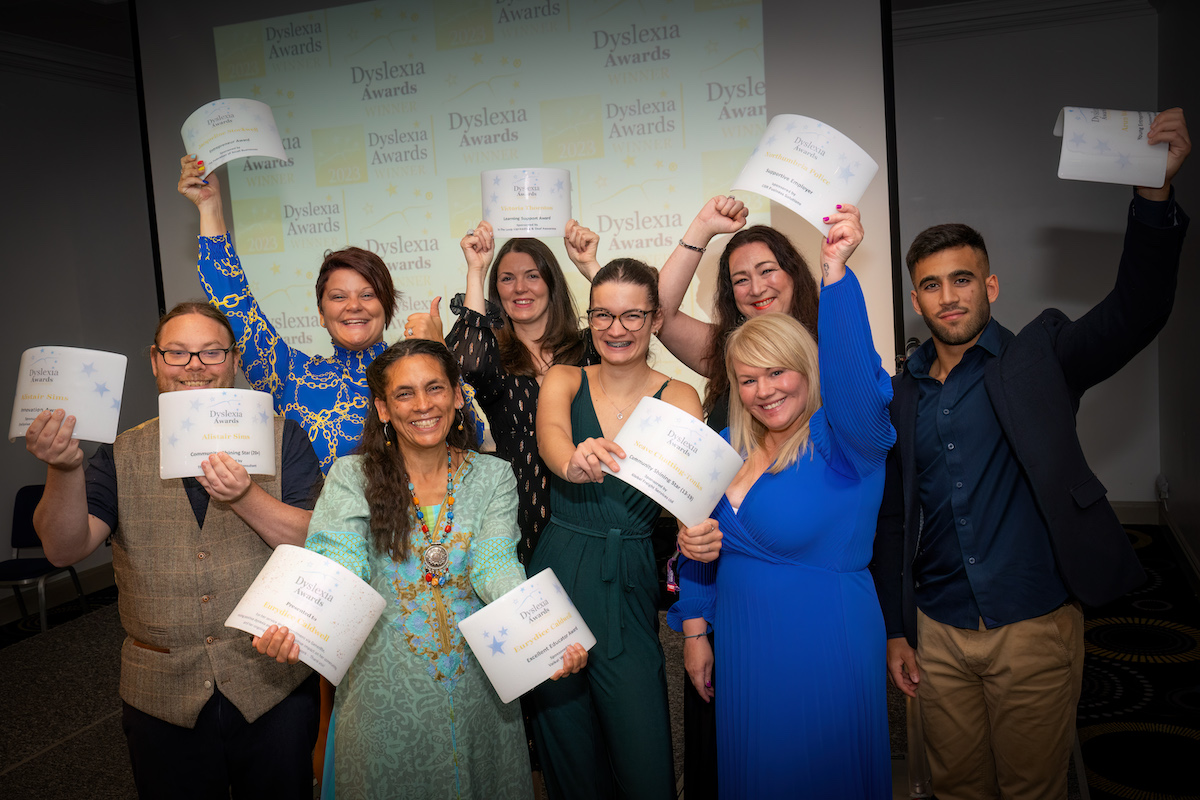
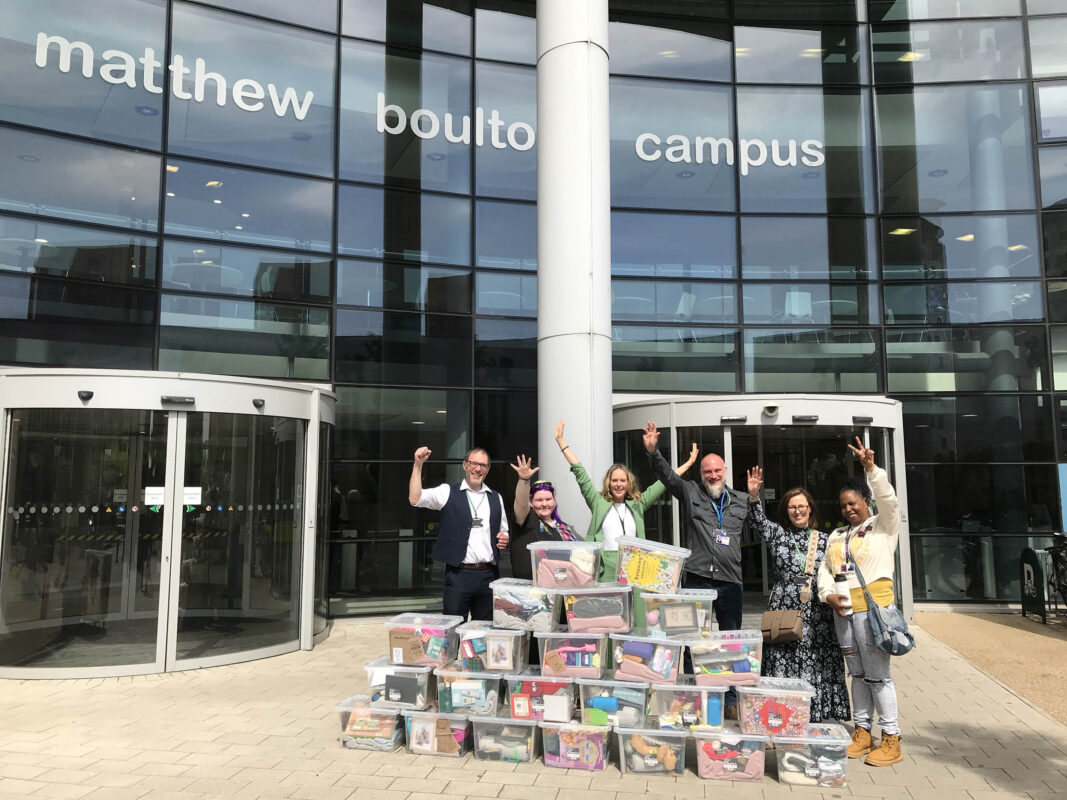



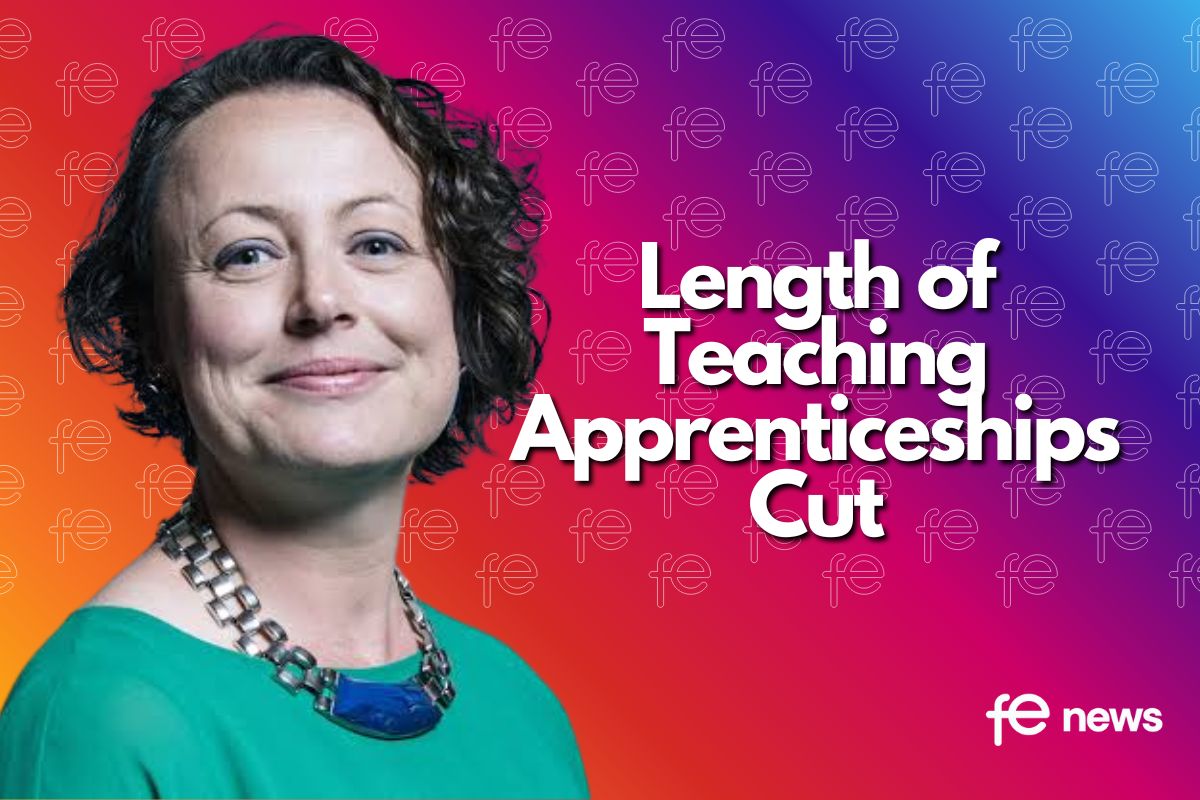
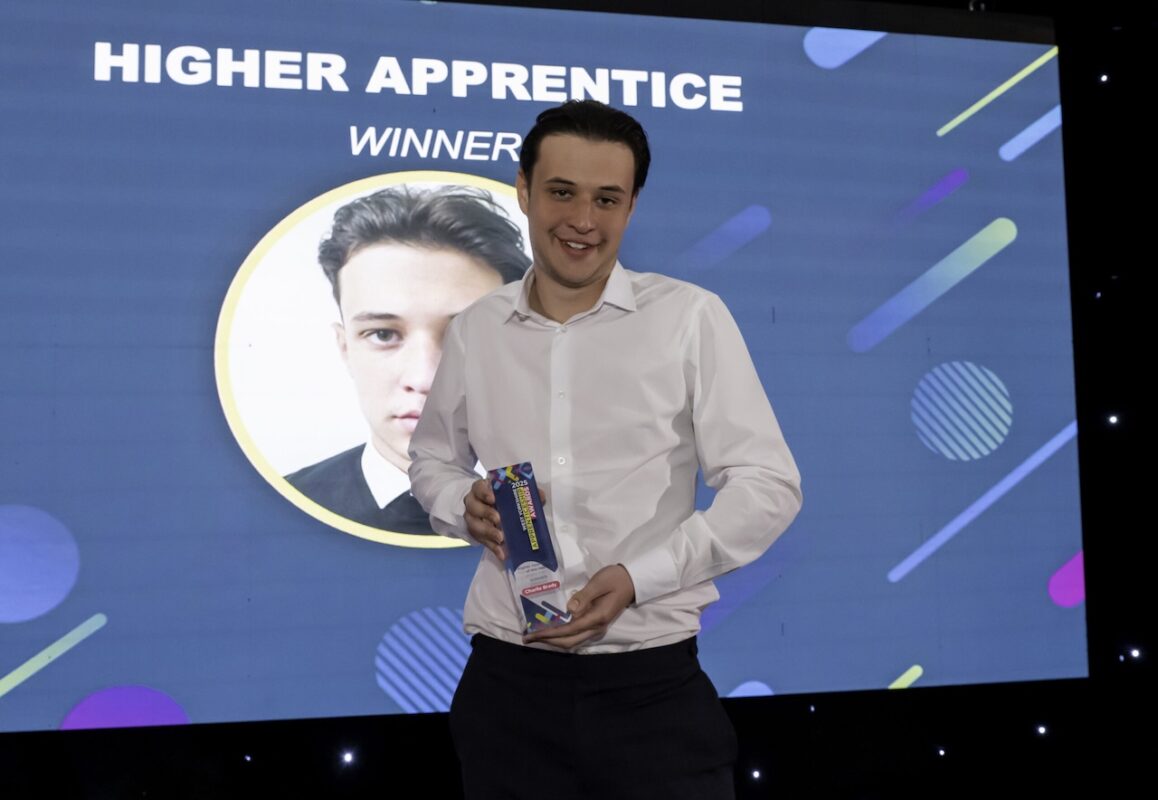

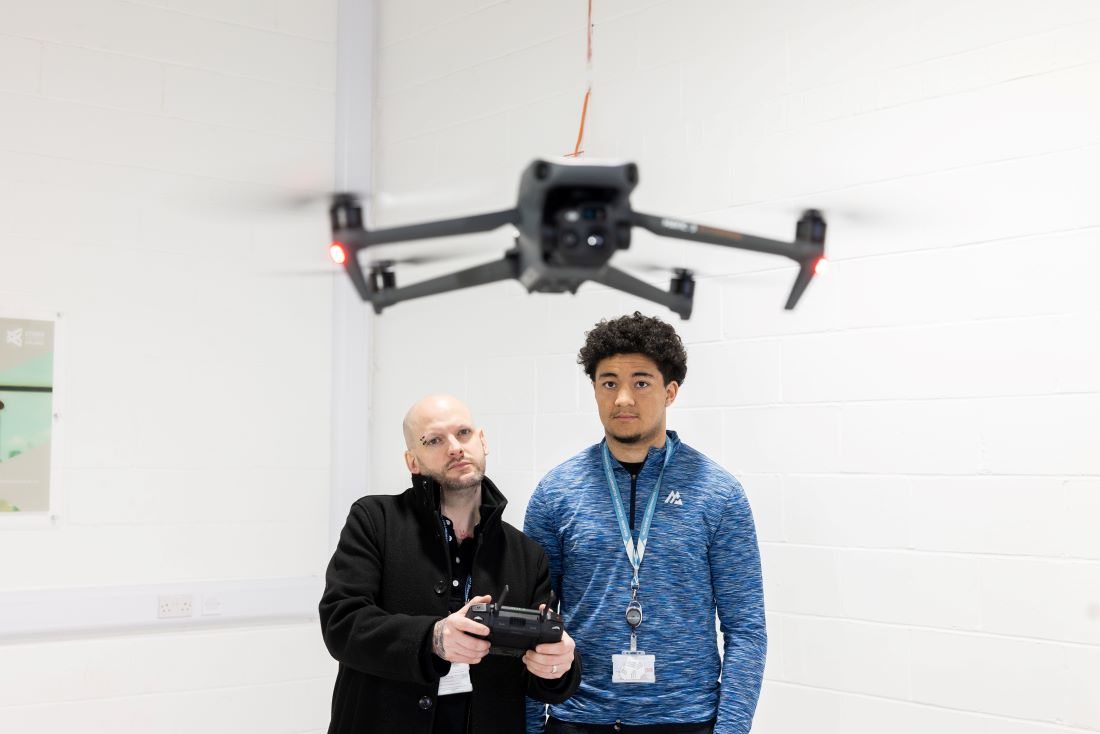
Responses